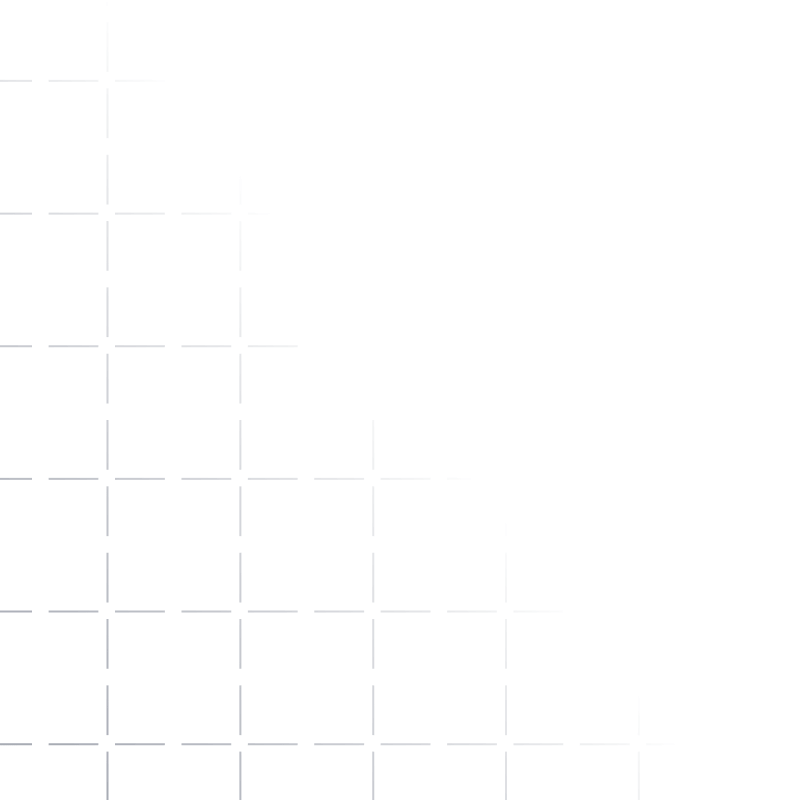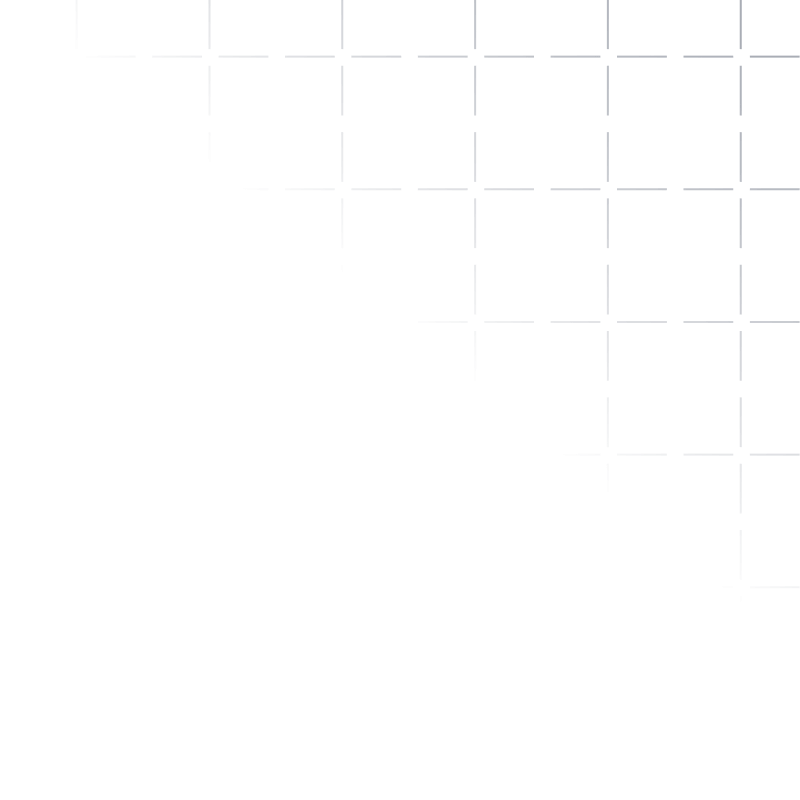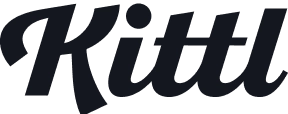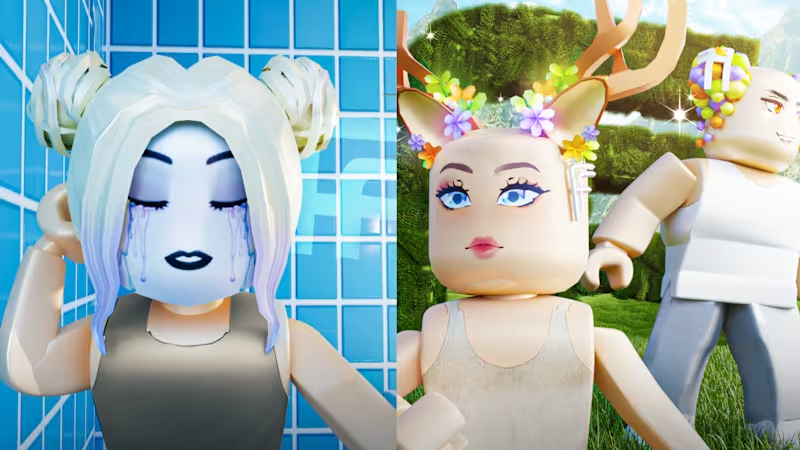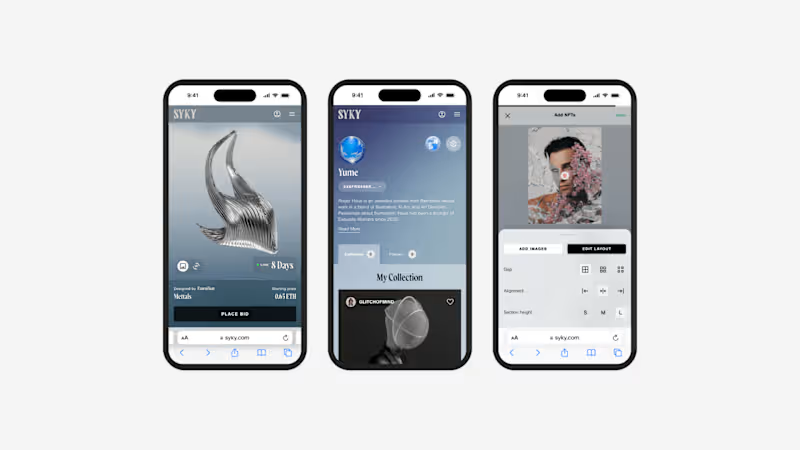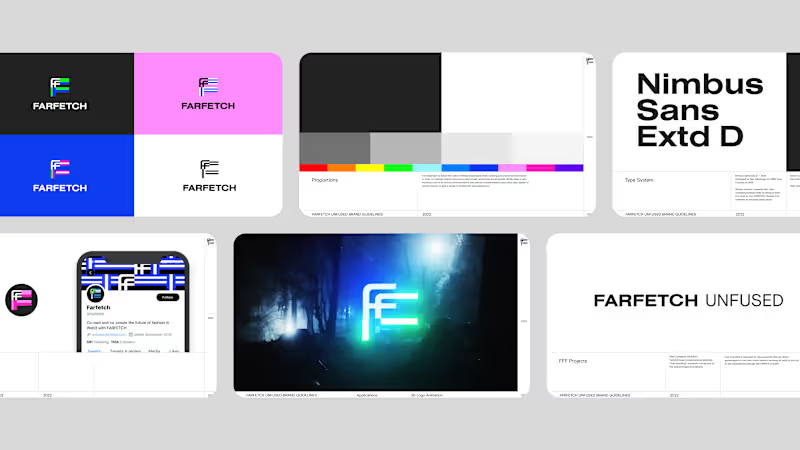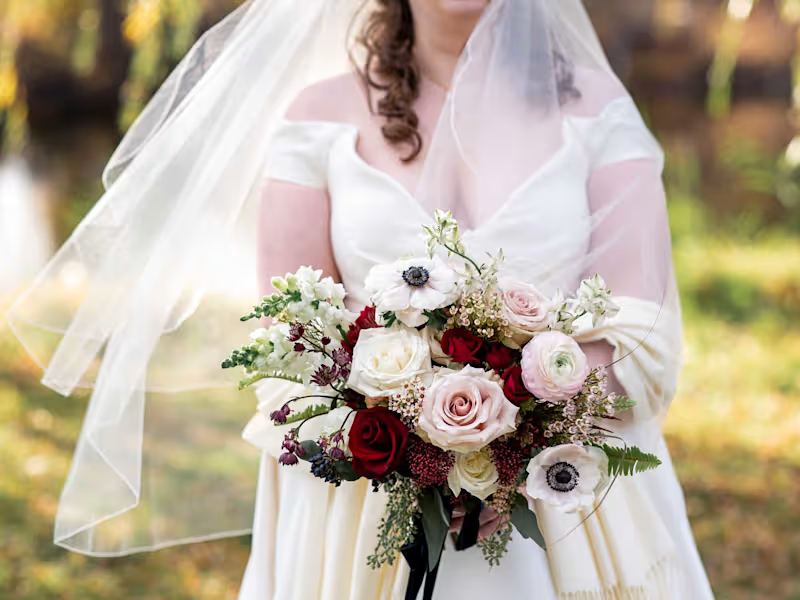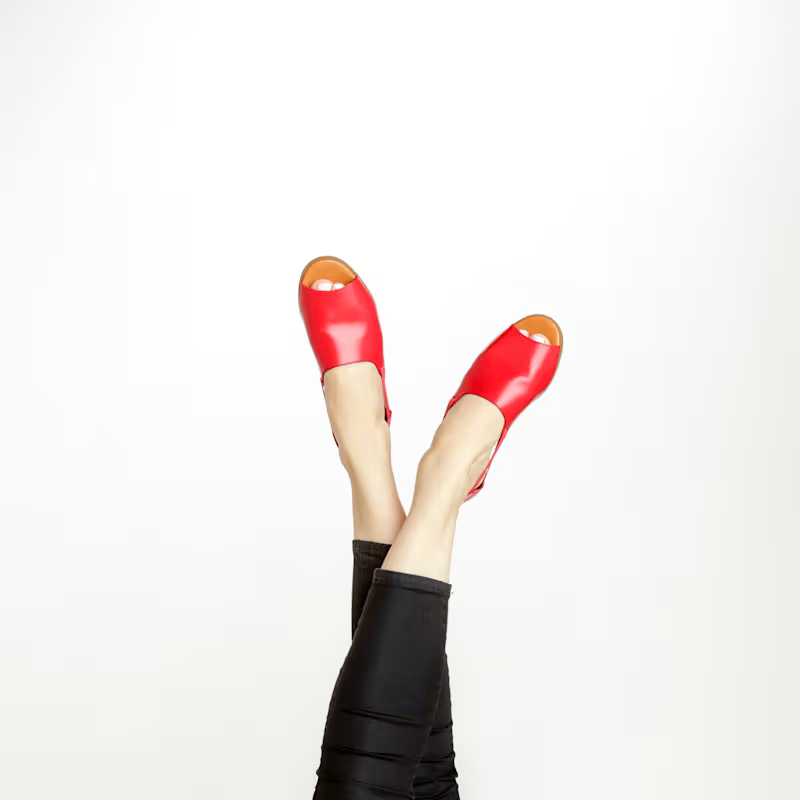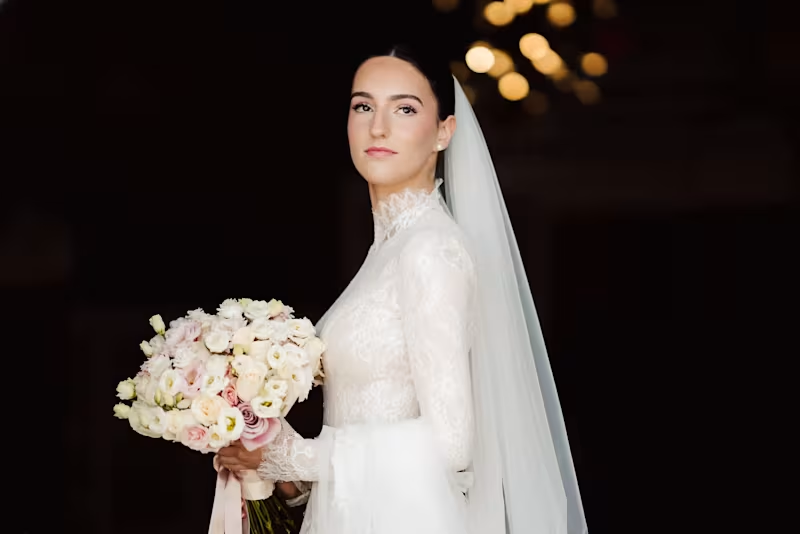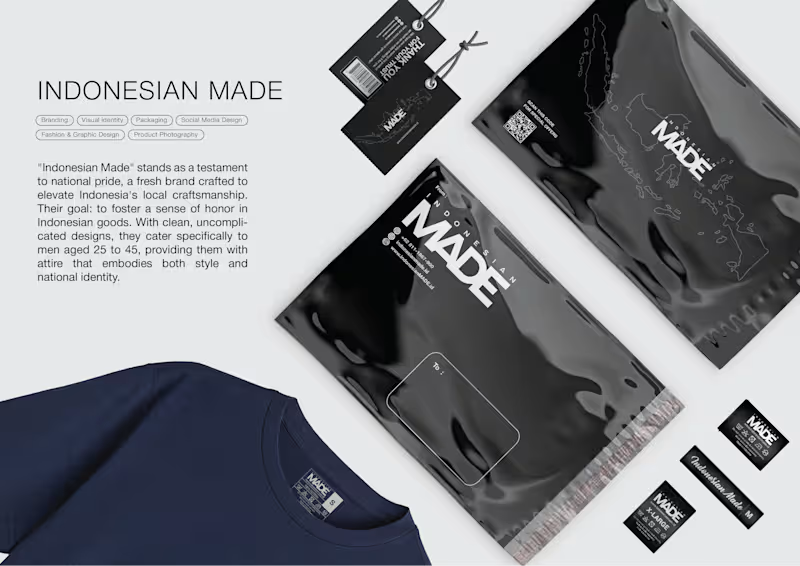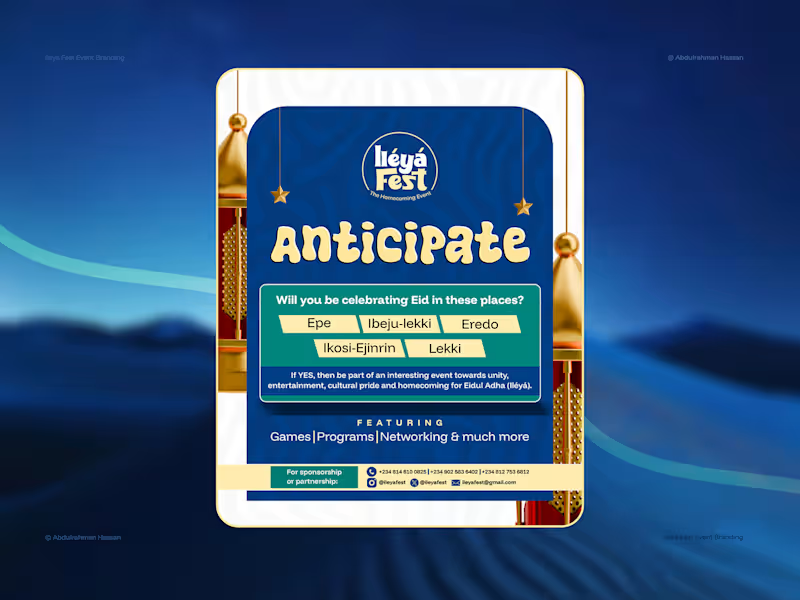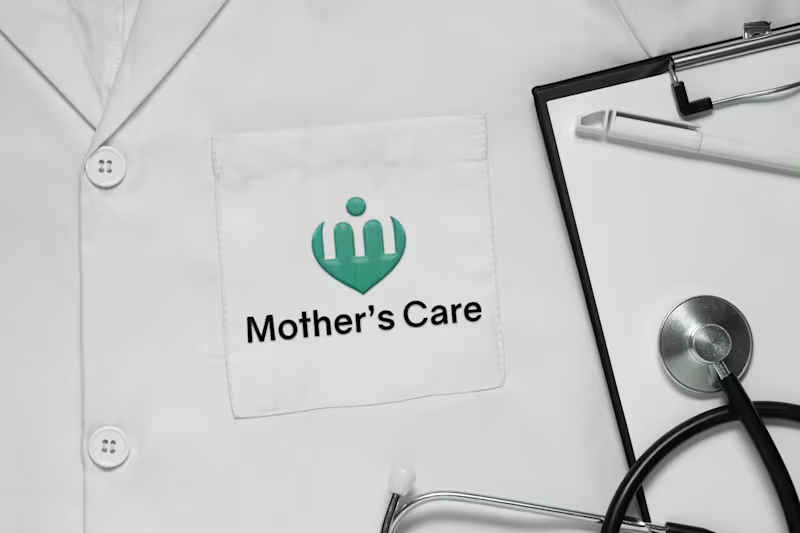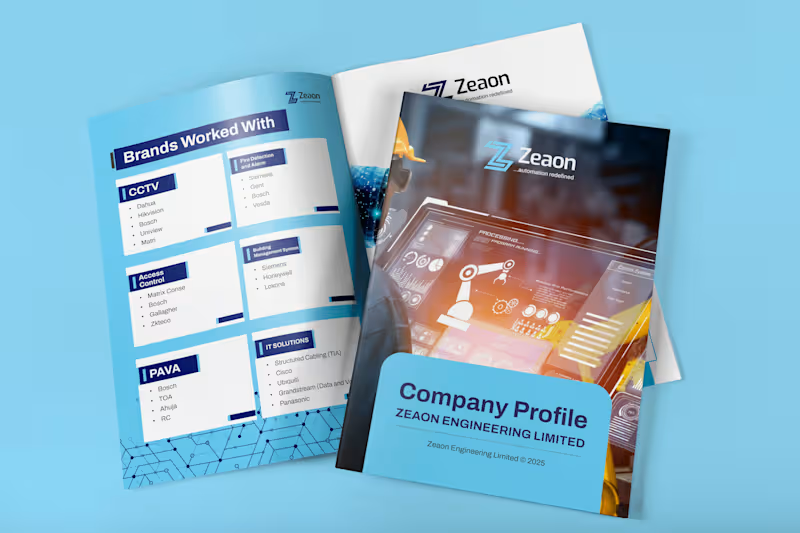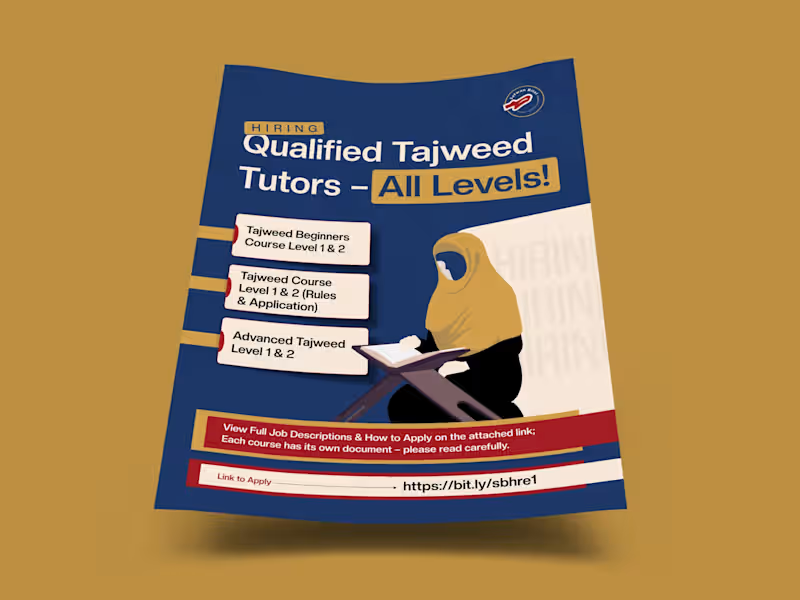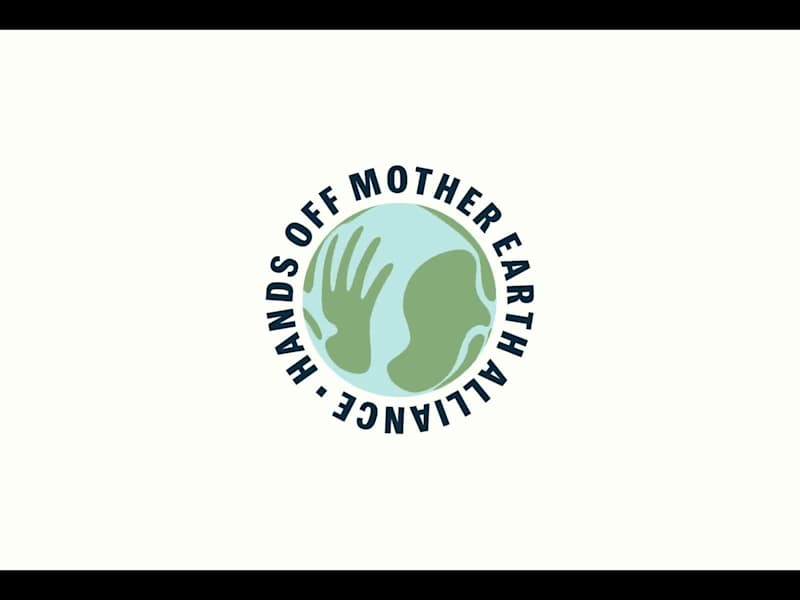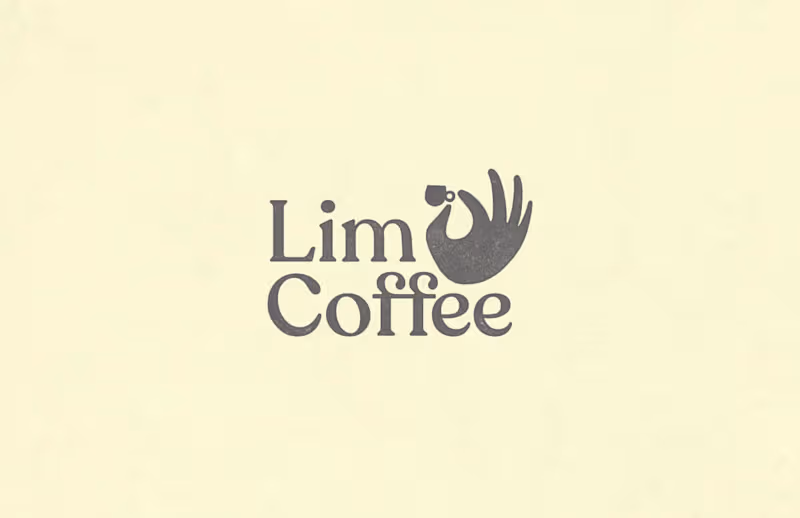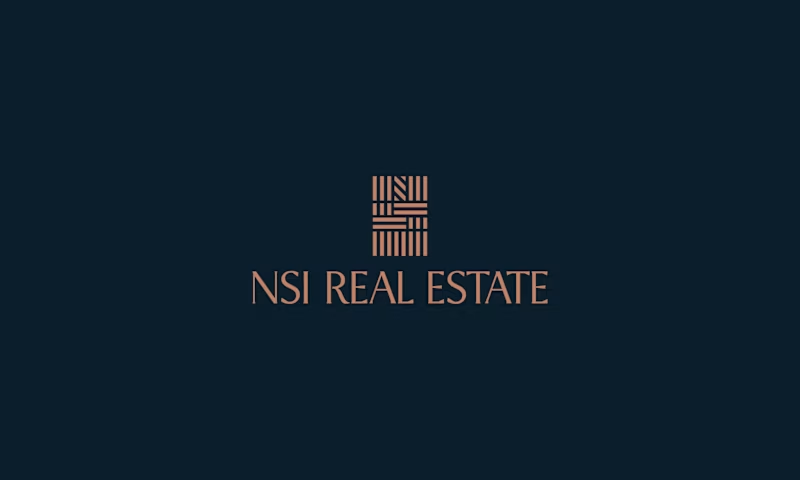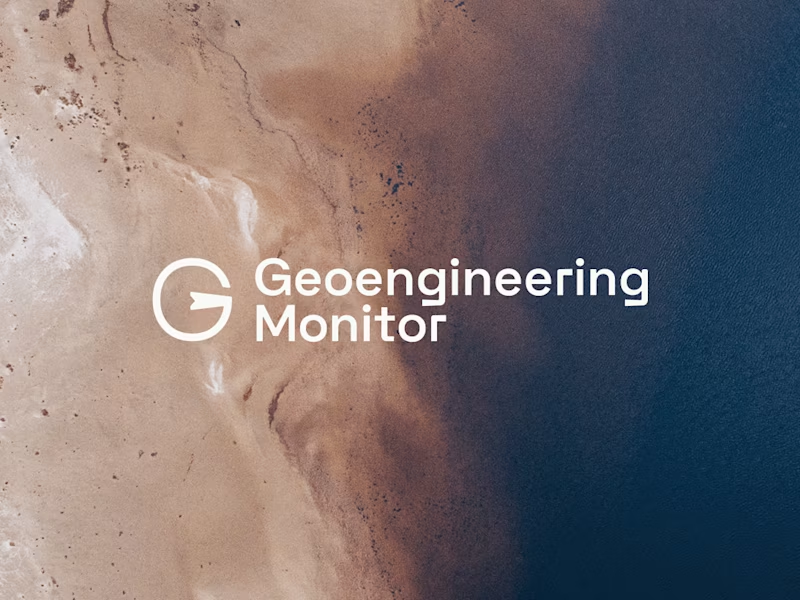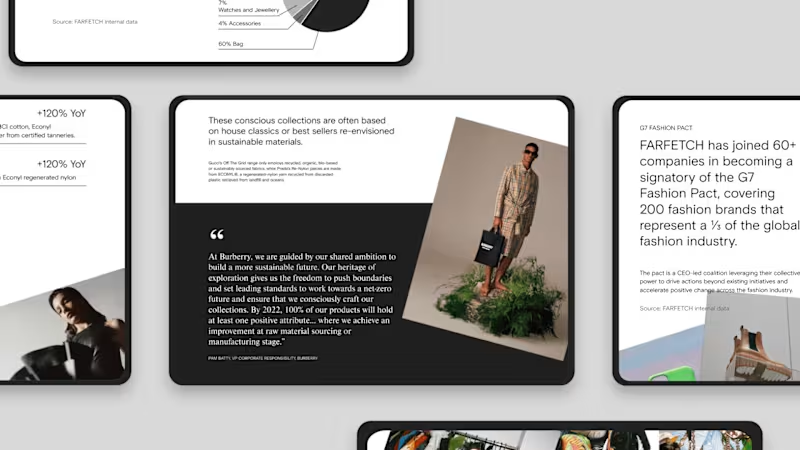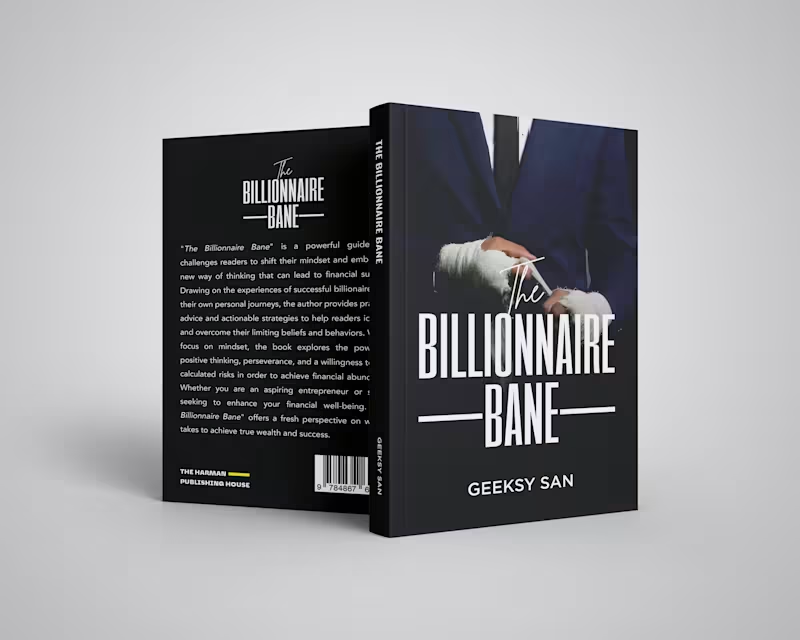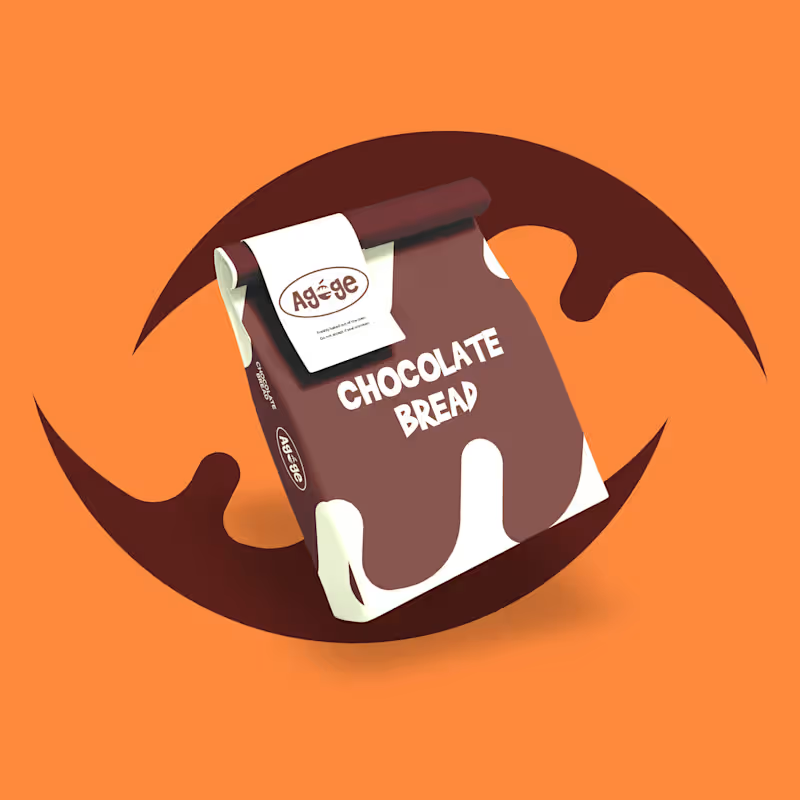How do I define the scope of my design project?
Start by outlining what you need. Make a list of all the design pieces you want. Be clear if you need things like logos, websites, or brochures. The more detail you provide, the easier it will be for the designer to understand your vision. This helps make sure both you and the designer know what's included in the job.
What information should I provide about my brand?
Share what makes your brand special. Include things like logos, color schemes, and any style guides you have. Tell the designer about your brand values and any messages you want to convey. This helps ensure the designs reflect your brand identity. The more context you give, the better the designer can match your vision.
How can I decide on a timeline for my design project?
First, figure out when you need the final product. Work backward to decide when each step needs to be done. Discuss with the designer to make sure the timeline is realistic. Include time for feedback and revisions. A clear timeline helps keep the project on track.
What are key questions to ask during a designer’s portfolio review?
Look at their previous work to see if their style fits what you want. Ask yourself if you like their creativity and execution. Pay attention to the details in their designs. Look for variety and versatility in their portfolio. This will help you understand if they can meet your project's needs.
How should I communicate my vision to the designer?
Use simple words and examples to explain what you want. Share any inspiration or references you have. Be open to the designer's ideas, too, as they might have valuable input. Clear communication helps the designer understand your vision better. This ensures you both have the same goals in mind.
Why is it important to set clear expectations early?
Setting clear expectations helps avoid confusion later. It ensures that both you and the designer know what success looks like. Discuss deliverables, timelines, and any specific requirements at the start. This clarity leads to a smoother working relationship. Everyone will be on the same page right from the beginning.
How often should I check in with the designer during the project?
Regular check-ins keep the project on track. Decide with the designer how often you should communicate, whether it's weekly or at key milestones. Use these check-ins to provide feedback and address any issues. Frequent communication ensures the project is progressing as planned. It also helps build a great working relationship.
What materials or resources should I provide to help the designer get started?
Provide all the content they need, like text and images, early on. Share any branding elements or style guides you have. Give them any access they might need to platforms or software. The right materials help the designer work efficiently. Being prepared from the start speeds up the process.
How can I ensure quality in the final design deliverables?
Review work at each stage of the project. Give constructive and specific feedback for improvements. Confirm that the final designs match your initial vision and requirements. Checking in regularly helps maintain quality throughout the process. You'll end up with designs that meet your expectations.
What should I include in a feedback loop with the designer?
Create a system for sharing feedback openly and constructively. Set up times for review and revision rounds. Make sure your feedback is clear and actionable. Encourage the designer to ask questions if needed. A good feedback loop helps the project improve at every step.
Who is Contra for?
Contra is designed for both freelancers (referred to as "independents") and clients. Freelancers can showcase their work, connect with clients, and manage projects commission-free. Clients can discover and hire top freelance talent for their projects.
What is the vision of Contra?
Contra aims to revolutionize the world of work by providing an all-in-one platform that empowers freelancers and clients to connect and collaborate seamlessly, eliminating traditional barriers and commission fees.

